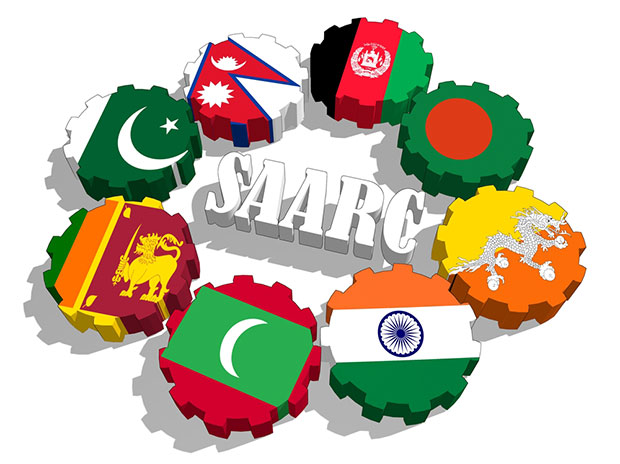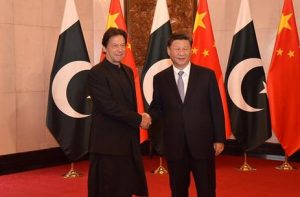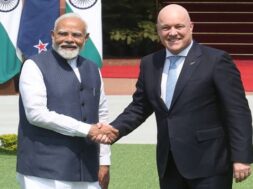
Venkatesh Iyer
PAKISTAN
During the past two months, China has signed deals worth US$ 11 billion with its proxy Pakistan, at a time when Beijing is buffeted in bitter disputes with several countries, including India and the USA. These deals are aimed at trapping Islamabad into mounting debts to facilitate a speedy colonization of the bankrupt South Asian country for its ‘failure’ to repay for the China-Pakistan Economic Corridor (CPEC) as part of larger Chinese colonial expansion across the world.

In early July China arm-twisted Pakistan into signing the second Engineering, Procurement and Construction (EPC) papers under the CPEC. The contract is worth US$ 1.5 billion for the 700 MW Azad Pattan hydro-electric power project on the Jhelum River in Sudhoti district, Muzzafarabad of Pakistan-occupied Kashmir (PoK). Upon completion, Pakistan is likely to ‘gift’ it to China!
The construction for the 90-metre high dam in a 3.8 square km reservoir was cleared in June 2016 and is likely to be commissioned by 2024 under the BOOT (build, own, operate, transfer) model. The main sponsor and the initial shareholder of this project is a ‘privately’ owned Chinese company called Power Universal Company Ltd, which, in fact, is wholly-controlled by state-owned multinational Gezhouba Group, and a special-purpose vehicle with the Laraib Group, a Pakistan-based renewable energy developer.
A third project on the Karot hydropower station is being additionally, executed between the two countries on Jhelum River along the border of Kotli district in PoK and Rawalpindi district in Pakistan’s Punjab province. The CPEC website says it is likely to be commissioned by 2021.
Last month also saw the signing of the most expensive Chinese project in Pakistan wherein they signed up a US$ 7.2 billion agreement to revamp Pakistan’s British era railways. Eventually, this railway will also be gobbled up by China to transport crude and other imports via the Gwader port in Baluchistan.
BHUTAN
During a recently-held virtual meeting of the US-based Global Environment Facility (GEF) Council, Bhutan was stunned while seeking funds for its Sakteng Wildlife Sanctuary Project in Trashigang district, the easternmost area of Bhutan. China objected to its request claiming the area to be disputed.
Bhutan vehemently refuted the Chinese claims and was supported by council members India, Bangladesh, Maldives and Sri Lanka. Bhutan rejected the Chinese claims and asserted that the sanctuary is an integral and sovereign territory of Bhutan. China did not raise it in any of the 24 rounds of boundary talks held between 1984 and 2016 when the discussions centred only on the western and central sections of the border.
China claims its borders with Bhutan has never been demarcated and that disputes remained over the eastern, central and western sectors. This claim made New Delhi cautious as India too as the 650 square kilometre wildlife sanctuary in Arunachal Pradesh.
NEPAL
After Nepal Prime Minister Khadga Prasad Sharma Oli’s claims that Lord Ram was born in Thori near Birgunj and that the ‘real’ Ayodhya lies in Nepal, his tottering government’s Department of Archaeology (DoA) is trying to work out a possible archaeological study, holding meetings with various ministries to debate the likelihood of unearthing something.
DoA’s Director-General Damodar Gautam said that although his department had this responsibility, he could not say if “we have enough proof to substantiate that Ayodhya is in Nepal!”
Interestingly, Indian PM Narendra Modi is scheduled to commence work on Lord Ram’s magnificent temple in Ayodhya, Uttar Pradesh, on August 5.















